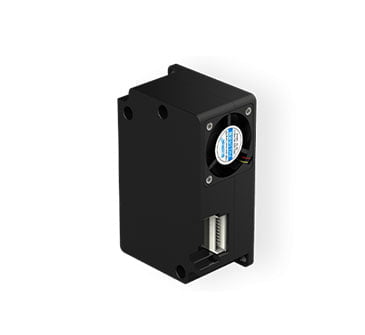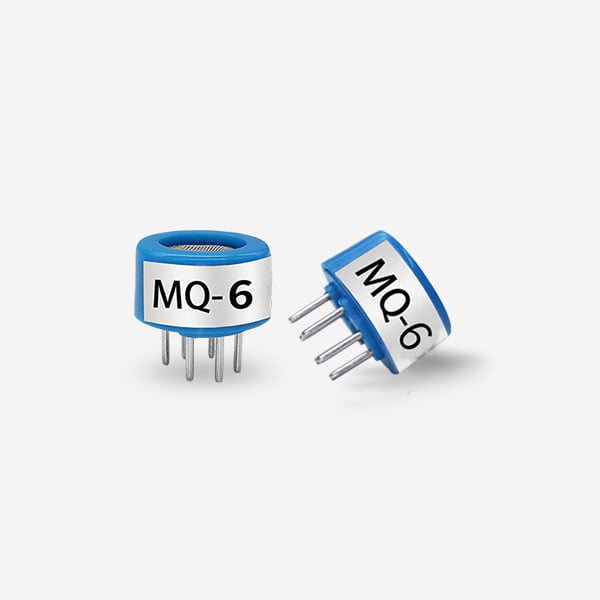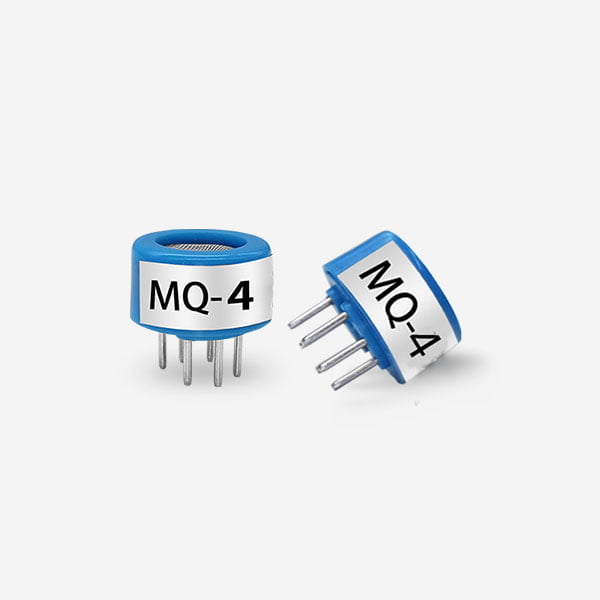Gas Leak detectors, often called sniffers, are a class of instruments specially designed to find small leaks in gas systems.
The use of pressurized gases in pipelines and vessels is very common in industrial or commercial settings. Pipes carry LPG or natural gas to furnaces; any number of refrigerant gases to cooling systems; and caustic or toxic gases to and from the production floor as an ingredient or byproduct of an industrial process.
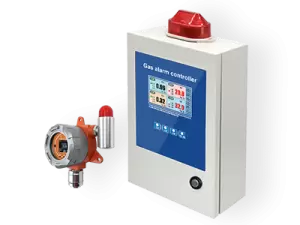
Long, complex piping runs with an assortment of valves, adapters and fittings provide a multitude of places leaks can develop. When those leaks do develop, they can lead to decreased performance or the failure of equipment and the release of dangerous gases.
The need for leak detectors is well established. Refrigerant leaks are the number one cause of poor HVAC cooling performance. Leaks in natural gas or LPG lines can create immediate fire/explosion hazards for workers and facilities. Many gases used in commercial or industrial processes have been identified as harmful to the environment and are therefore highly regulated and leaks can result in heavy fines. Having and knowing how to effectively use a leak detector is an important role for plant technicians.
Using a Gas Leak Detector
There was a time before gas leak detectors came into the market that finding a leak involved a lot of detective work. If the leak was large enough a technician could perhaps hear it, provided background noise didn’t drown out the sound. Sometimes pressure gauges would identify a leak and shut-offs can isolate the area of the leak. Sometimes technicians, armed with spray bottles filled with soap and water, had to work their way down a pipe looking for bubbles to announce the location of the leak.
While all of these methods are still in use, none of them provide a reliable way to identify and locate gas leaks in pipelines.
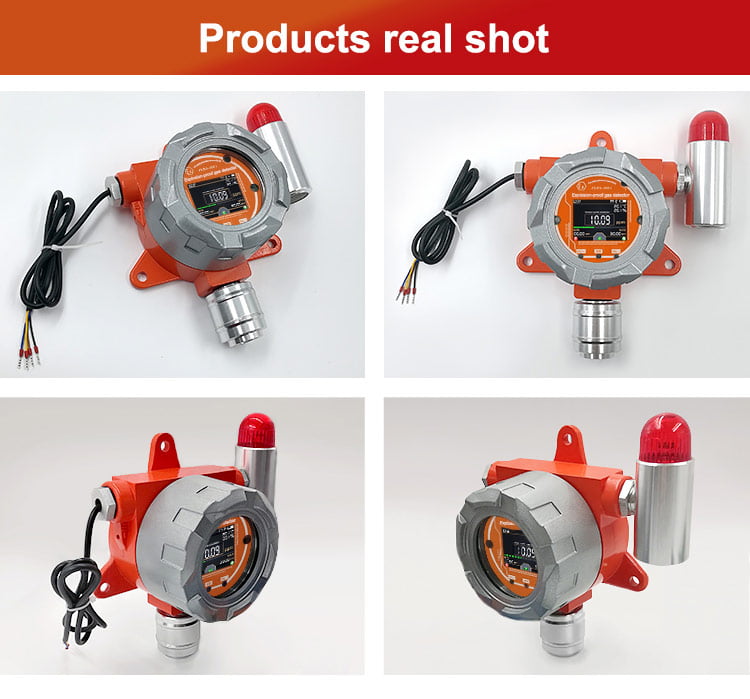
While leak detectors are closely related to personal gas detectors, they do different things. Personal gas detectors identify the presence of gas in the environment, while leak detectors check for leaks and determine their source.
Aside from the sensor, gas leak detectors are generally with features allowing them to easier pinpoint leaking pipelines. Flexible probes, for example, permit operators to closely trace pipeline routes checking for leaks along the way. These probes often extend several inches from the meter making it easier to extend into hard-to-reach areas.
Most gas leak detectors also include sensitivity adjustment. An alarm is trigger when a gas leak detector detects a gas leak. Many detectors do not include a display to show concentration readings. To find the location of the leak once the alarm has sounded involves lowering the sensitivity of the instrument and directing it until the alarm sounds again. This indicates increasingly high areas of concentration and point the direction towards the leak.
Having the right gas leak detector and checking its operation technique could mean the difference between finding a leak and missing it.
Leak Detector Technology
Since detecting gases leaking from closed systems is fundamentally different from identifying the presence of gases in the environment, leak detectors use different sensing technology than gas detectors.
Though there are some new technologies for detecting leaking gas, most leak detectors use one of the following sensing technologies:
Handheld
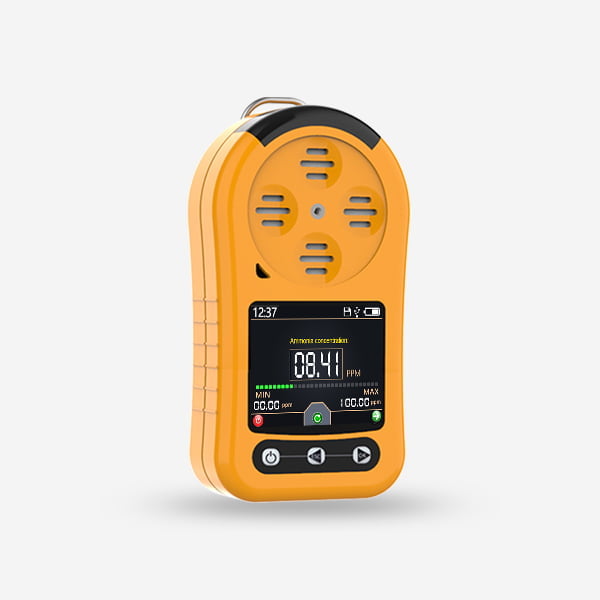
Portable gas detectors are devices detect the presence of potentially harmful gases in the surrounding environment. These detectors are small, lightweight, and easy to carry, making them ideal for use in a wide range of industrial, commercial, and residential settings.
They are essential for ensuring the safety of workers and the public by providing early warning of gas leaks, allowing for prompt take to prevent accidents. Handheld gas detectors are available in a variety of models and with sensors that can detect a wide range of gases, including carbon monoxide, methane, hydrogen sulfide, and more.
They are an essential tool for anyone working in environments where gas leaks are a concern, such as construction sites, industrial facilities, and laboratories.
Fixed type
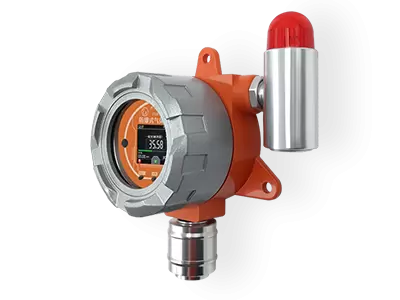
Fixed gas detectors are essential safety devices designed to monitor and detect the presence of potentially hazardous gases in a specific area or facility. Unlike portable gas detectors, fixed gas detectors are permanently installed in a fixed location, such as industrial plants, refineries, laboratories, or other facilities where gas leaks are a concern. These detectors continuously monitor the air for the presence of specific gases, providing real-time alerts and warnings if gas levels exceed safe limits.
Fixed gas detectors are crucial for maintaining a safe working environment and preventing potential accidents, as they can quickly detect leaks and help mitigate any potential risks. They can detect a variety of gases, including combustible gases, toxic gases, and oxygen levels. These detectors are usually connect to a master control system that allows remote monitoring and automatic response.
Overall, fixed gas detectors play a critical role in ensuring the safety of workers and the public in various industrial and commercial settings, providing continuous monitoring and early detection of gas leaks to prevent potential hazards and ensure a safe working environment.
Multi Gas
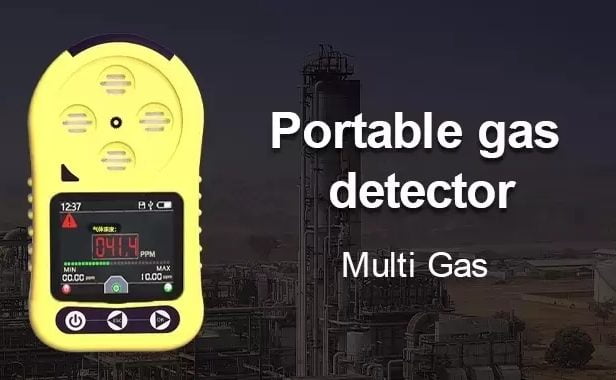
A multi-gas detector is a versatile and essential tool used to monitor and detect the presence of multiple hazardous gases in the surrounding environment. Unlike single-gas detectors, which are detect a specific gas, multi-gas detectors are capable of simultaneously detecting and measuring various gases, including combustible gases, oxygen, carbon monoxide, hydrogen sulfide, and other toxic gases.
We use Portable devices in industrial, commercial, and emergency response settings where workers expost to a variety of gases. Multi-gas detectors provide real-time monitoring and audible, visual, and vibrating alarms to alert users to the presence of dangerous gas levels, enabling them to take immediate action to protect themselves and others.
The versatility and convenience of multi-gas detectors make them invaluable for ensuring the safety of workers in diverse industries, including oil and gas, mining, construction, and first responders. Their ability to detect multiple gases in a single device streamlines safety protocols and enhances overall workplace safety.
Overall, multi-gas detectors are indispensable safety instruments that play a crucial role in preventing gas-related accidents and protecting the well-being of workers in environments where exposure to hazardous gases is a concern.
If you have any questions regarding gas leak detectors or would like purchase one please don’t hesitate to contact us.
